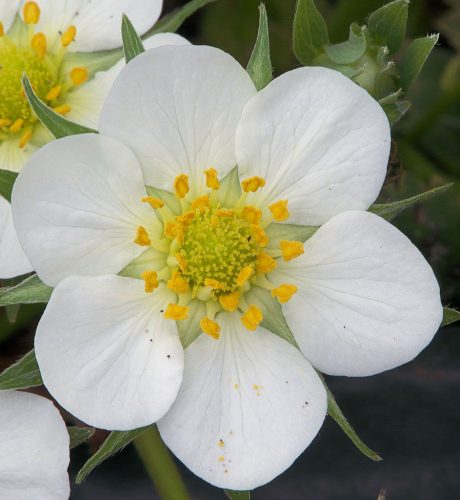This website offers an overview of the most common diseases, fungi and pests of crops in the vegetable and ornamental garden. In the overview: a description – what you can do about it (cure) – how to prevent it (prevention).
In a healthy soil with the right pH value and a good water balance, plants absorb sufficient nutrients and grow in a healthy way. This increases the resistance and makes the plants resistant to all kinds of diseases and pests. However, despite striving for optimal conditions, diseases and pests cannot be ruled out.
Almost all plant diseases and disorders have a common name; it is often very general (e.g. rust) and one ‘rust’ is not the other. Moreover, the same condition has a different name for each crop. Gray mold (Botrytis ssp.) goes by many names, as does leaf spot . Some pathogens also show very different syndromes in one plant than in another plant.
The common name is given in the overview of crops. In the overview of diseases and pests, both the common and the scientific name are used to distinguish between different diseases with the same name.
In the overview no distinction is made between ‘diseases’ and ‘fungi’; that has a practical reason. For example, when we think of mold fluff and stains, we often think of fungi; in reality, the difference between disease and fungus is much less clear. Pink rot, for example, is caused by a water fungus (Oomycetes), a fungal-like microorganism.
Only biological pesticides – or biopesticides – (adalia, nettle spray bacillus thuringiensis) are mentioned in control/prevention.
Nematodes belong to the roundworms (Nematoda) and are not insects, yet you can find them among garden bugs because they are closer to insects than to diseases and fungi because of the way they attack.
The ‘other’ group includes all causes other than damage to plants and fruits caused by nematodes, insects, bacteria, viruses and fungi.
The overview may give the impression that insects, diseases and fungi are picky in the choice of their ‘victims’. Sometimes that is the case, but many insects, fungi and diseases are not.
In the overview, the most important disease, fungus and insect pest is mentioned for each plant. The list is not exhaustive; Unfortunately, there are many more diseases and pests that can make it difficult for the gardener.
Under Photos you will find pages with photos of all insects and animals present on the site.
Any toxicity is stated for house plants and plants in the ornamental garden.

Help improve this site
Do you find an error or is something missing in a description? Email me!
Do you have a picture of a disease or pest that is missing, send it to me and it will be posted, stating the photographer and the disease or pest found.
Do you have a special pest or disease in one of your plants? Let me know!
